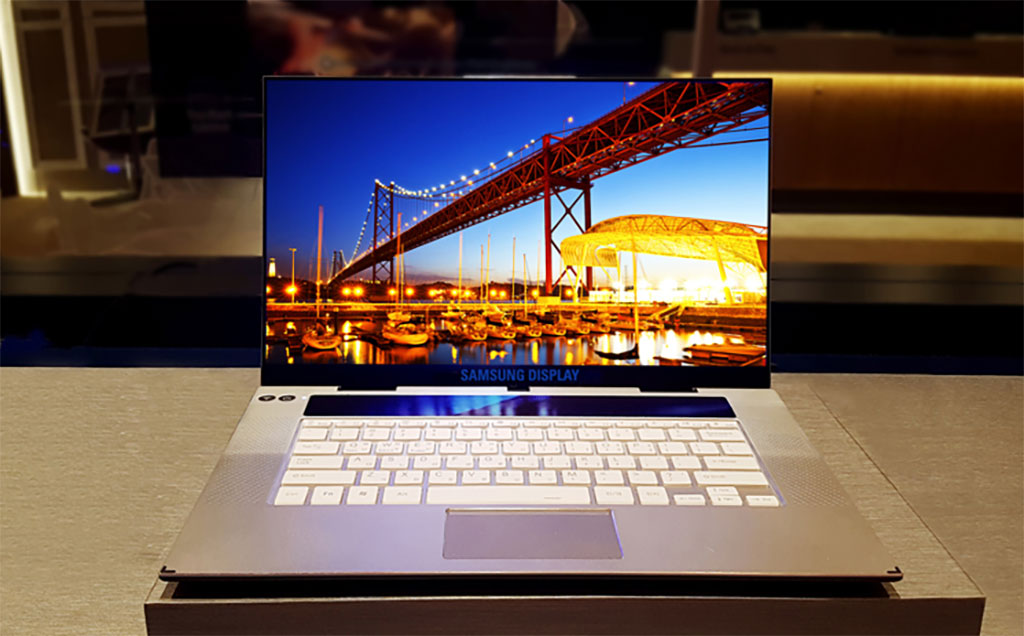It won't be long before 15.6-inch gaming laptops sport crisp 4K OLED displays
OLED displays typically deliver wider color gamuts, brighter whites, and deeper blacks.

Our picks for the 'best gaming laptops' all use LCD panels, though that's mostly out of availability, and not a referendum on OLED. The vast majority of laptops are LCD. That could change in a hurry, though, as Samsung announced it will begin mass producing 4K OLED panels for 15.6-inch laptops next month.
As it stands, only a relatively small number of laptops come with OLED panels, and they're all in the 13-inch (or smaller) category. Samsung is the first to stretch an OLED laptop panel to 15.6 inches, while also bumping the resolution to 4K.
"Samsung Display’s new 15.6-inch OLED panel comes with a 1.7 times higher color volume compared to LCDs of similar size, which improves the clarity of outside viewing while also reducing imagery degradation outdoors. In addition, the display’s slimmer and lighter design maximizes the convenience and mobility of an OLED-display notebook over one with an LCD," Samsung says.
For the most part, OLED displays offer higher brightness levels, deeper blacks, and wider color gamuts compared to LCDs. In this case, Samsung's 15.6-inch OLED panel offers a brightness range of 0.0005 to 600 nits, and a dynamic contrast ratio of 120,000:1.
"Compared to LCDs, black color appears 200 times darker and whites twice as bright, maximizing the benefits of HDR to deliver the utmost in high-resolution video and images," Samsung claims.
It has a color spectrum of 3.4 million colors, which is "double that of similarly sized LCD panels." So, what are the downsides? There are two.
The first is cost. It remains to be seen how much laptops sporting Samsung's new OLED panel will cost, but in general, OLED is pricier than LCD. We expect this to be reflected in the consumer cost.
The biggest gaming news, reviews and hardware deals
Keep up to date with the most important stories and the best deals, as picked by the PC Gamer team.
There is also the issue of permanent burn-in. This mostly presents itself when displaying static images for longer periods of time, which happen to be present in many games. Heads up displays (HUDs), for example, are persistent parts of many games.
Rtings has been running a burn-in test on several OLED TVs for the past year, which we recently reported on, and what the site found so far is that saturated colors exacerbate the issue. For example, the sit didn't much burn-in from Call of Duty: WWI, but FIFA 18 did permanently sear parts of the displays, after around 800 hours of usage.
"Our current stance is that if you vary your content and don’t display static areas then you’re unlikely to experience any issues. If you do plan to watch a lot of static content with bright, saturated colors, then an OLED TV probably isn’t for you," Rtings says.
That same conclusion should apply to OLED laptops, we imagine.
Paul has been playing PC games and raking his knuckles on computer hardware since the Commodore 64. He does not have any tattoos, but thinks it would be cool to get one that reads LOAD"*",8,1. In his off time, he rides motorcycles and wrestles alligators (only one of those is true).


